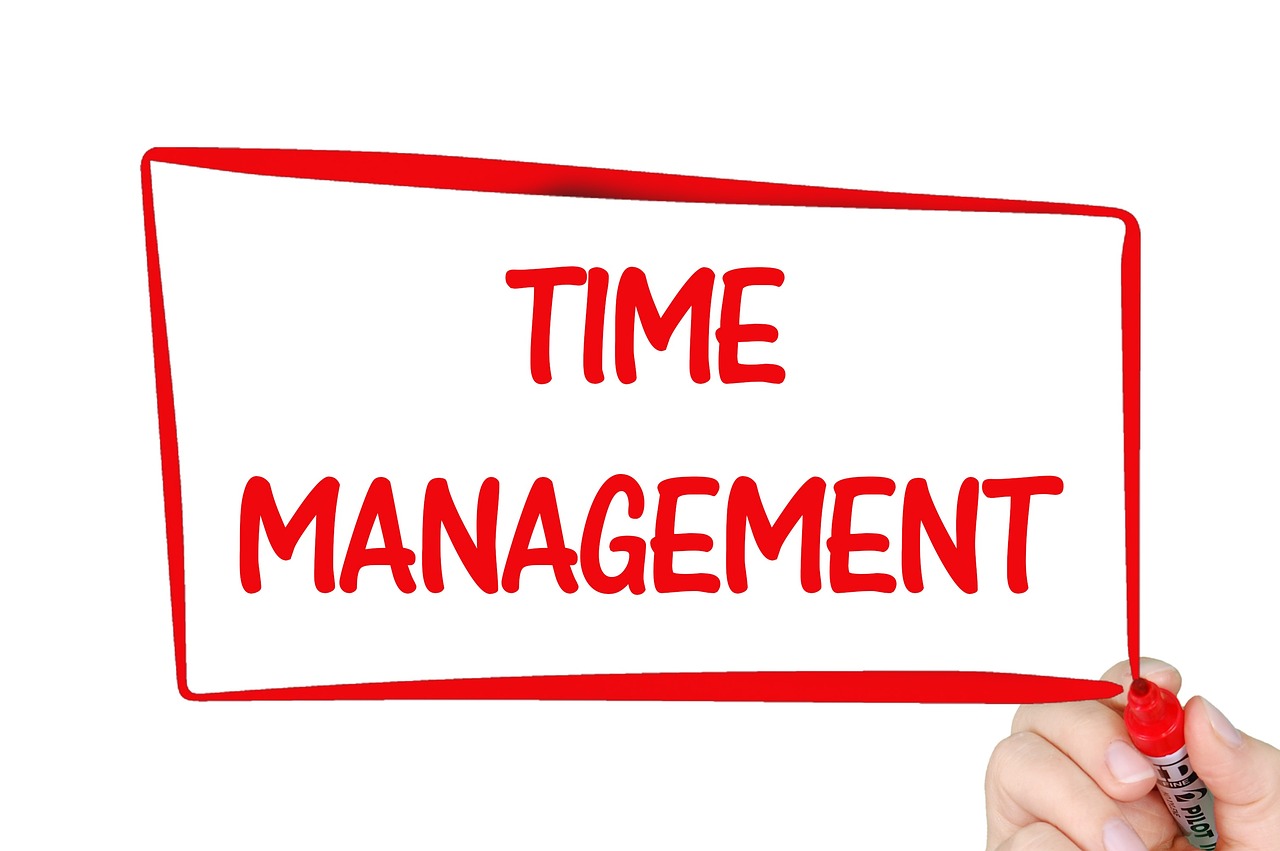Integrated water cycle management strategies, Human Activities and Their Effects, Great Basin Region, etc.
Human Activities and Their Effects, and more
Understanding the Great Basin Water Crisis and Solutions
The Problem:
The Great Basin, a vast desert region in the western United States, is facing a severe water shortage. This crisis is driven by two key factors:
- Climate Change: Rising temperatures lead to increased evaporation, reducing the amount of water available in the region. Warmer temperatures also mean less snowpack in the mountains, which is a crucial source of water for the Great Basin.
- Growing Population: As the population of the Great Basin increases, so does the demand for water, putting further strain on already scarce resources.
The Impact:
This water scarcity has significant impacts on the environment and the people living in the Great Basin:
- Water Shortages: Communities are facing water rationing, and agricultural production is threatened due to limited water availability.
- Ecosystem Decline: Rivers and lakes are drying up, impacting wildlife and plant life.
- Economic Impacts: Industries and businesses that rely on water are struggling to operate, leading to job losses and economic hardship.
Solutions:
Fortunately, there are a number of solutions being developed to address the Great Basin water crisis:
- The Active Climate Rescue Initiative: This initiative brings together experts, communities, and organizations to find sustainable solutions. They focus on:
- Water Conservation: Implementing measures to reduce water use in homes, businesses, and agriculture.
- Water Reuse: Treating wastewater for reuse in irrigation and other purposes.
- Water Harvesting: Collecting rainwater and snowmelt for later use.
- Sustainable Agriculture: Developing farming practices that use water more efficiently.
- Climate Adaptation: Preparing communities for the effects of climate change, such as drought and extreme weather.
Learning About the Water Cycle:
To fully understand the Great Basin water crisis, it’s important to understand the water cycle within the region. Imagine a drop of water in the Great Basin:
- Evaporation: The sun heats water in lakes, rivers, and soil, causing it to evaporate and rise into the atmosphere.
- Condensation: As the water vapor cools, it condenses into tiny water droplets, forming clouds.
- Precipitation: These droplets fall back to Earth as rain, snow, or hail.
- Runoff: Water flows over the land’s surface, collecting in rivers and lakes.
- Infiltration: Some water seeps into the ground, replenishing groundwater supplies.
Take Action:
We can all play a part in addressing the Great Basin water crisis. By learning about the issue, conserving water, and supporting initiatives like the Active Climate Rescue Initiative, we can help protect this vital resource for future generations.
The Great Basin: A Thirsty Land
TL;DR: The Great Basin is a dry region facing water shortages. Climate change is making things worse. To solve the problem, we need to conserve water, use new irrigation techniques, and create smart policies.
The Great Basin: A Landlocked Desert
The Great Basin is a big, dry region in the western United States. It’s called a “basin” because water can’t flow out of it to the ocean. This means the water that falls as rain or snow stays in the Great Basin.
Water’s Journey: The Great Basin Water Cycle
Imagine a drop of water in the Great Basin. It might fall as snow on the mountains, melt, and flow into a river. The river might feed a lake or seep into the ground. The sun will evaporate the water and it will become clouds, and eventually rain or snow again. This is the water cycle!
Water Scarcity: A Growing Problem
The Great Basin is facing a water shortage problem. The amount of water in the region is getting less and less. This is because of:
- Climate change: The Earth is getting warmer, which means more water evaporates from the ground and less snow falls in the mountains.
- Population growth: More people mean more need for water for drinking, farming, and industry.
Fighting Back: Solutions for the Great Basin
We can’t ignore the water shortage. We need to find ways to save water and manage it wisely:
- Water conservation: Simple changes like taking shorter showers and fixing leaky pipes can save a lot of water.
- Innovative irrigation: Farmers can use new techniques like drip irrigation, which delivers water directly to plant roots, saving water.
- Policy measures: Governments can create laws that encourage water conservation and manage water resources better.
The Active Climate Rescue Initiative: A Helping Hand
The Active Climate Rescue Initiative is a group working to find solutions to the Great Basin water crisis. They’re looking at ways to use technology to improve water management, reduce water waste, and build more sustainable water systems.
A Summary of the Great Basin Water Crisis and Solutions
The Great Basin is a dry region facing water shortages due to climate change and growing population. Solving the problem requires conservation efforts, innovative irrigation, and policy changes. Organizations like the Active Climate Rescue Initiative are working on solutions that involve technology and sustainable water systems. The future of the Great Basin depends on our ability to manage water wisely and protect this important region.
More on Integrated water cycle management strategies…
- ## SEO Keywords for Integrated Water Cycle Management Strategies
- integrated water cycle management
- IWRM
- water resource management
- water management strategies
- sustainable water management
- water scarcity solutions
- water security
- water conservation
- water efficiency
- rainwater harvesting
- greywater reuse
- wastewater treatment
- water pollution control
- water quality management
- water pricing
- water governance
- water policy
- water infrastructure
- drought mitigation
- flood management
- water footprint
- water stress
- water demand management
- water resources planning
- water supply and sanitation
- water use efficiency
- water-energy nexus
- climate change adaptation
- water-food nexus
- water security and human development
- integrated water resource management tools
- ## SEO Keywords for Human Activities and Their Effects on Water Resources
- human impact on water
- water pollution sources
- agricultural runoff
- industrial pollution
- urban runoff
- wastewater discharge
- deforestation and water
- land use change and water
- climate change impacts on water
- water scarcity causes
- water quality degradation
- water resource depletion
- water footprint of industries
- water footprint of agriculture
- water footprint of consumption
- human activities and water cycle
- water pollution control measures
- sustainable water use practices
- water conservation for human needs
- water education and awareness
- human health and water quality
- environmental justice and water access
- water equity and distribution
- water conflict and scarcity
- water resources management and human well-being
- Note:** This list includes keywords related to both topics. You can further refine the list by adding specific keywords based on your target audience and the specific content you are creating. For example, if you are writing about the impact of agriculture on water resources, you could add keywords such as “irrigation practices,” “fertilizers,” “pesticides,” and “water intensive crops.”




